A Guide to Different Pallet Types and Materials
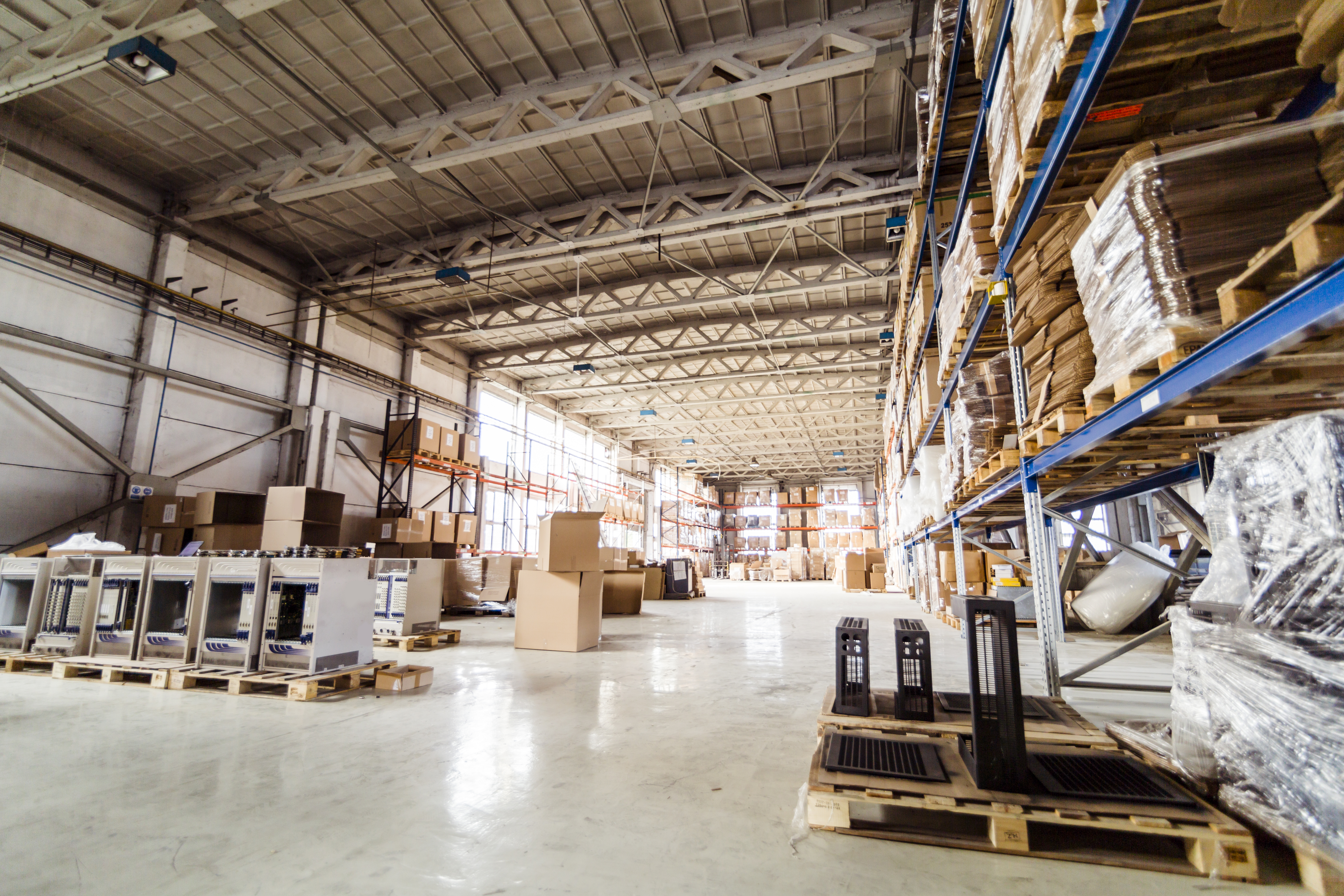
In the world of logistics and supply chain management, pallets play a crucial role in the safe and efficient transportation and storage of goods. Pallets come in various types and materials to cater to the diverse needs of businesses across industries.
In this comprehensive guide, we will discuss the different types of pallets, their materials, and their suitability for various applications.
Table of Contents
- Introduction to Pallets
- Types of Pallets
- Pallet Materials
- Factors to Consider When Choosing a Pallet
- Conclusion
Introduction to Pallets
A pallet is a flat, portable platform used to stack, store and transport goods. Pallets are designed to be easily loaded and unloaded by forklifts, pallet jacks or other material handling equipment. They enable efficient handling and storage of goods by providing a stable base for stacking items, thus streamlining operations and reducing the risk of damage.
Types of Pallets
There are numerous pallet designs available, each serving a specific purpose based on the requirements of the industry and the goods being transported. Below are some of the most common pallet types:
Stringer Pallets
Stringer pallets are the most widely used pallet type, featuring three parallel pieces of timber (called “stringers”) that support the deck boards on top. The stringers run the length of the pallet, providing support and enabling forklift access from the sides. These pallets can be two-way or four-way, depending on the notches cut into the stringers. Two-way stringer pallets allow forklift access only from the front and the back, while four-way stringer pallets have additional notches that permit access from all four sides.
Block Pallets
Block pallets are designed with nine cylindrical blocks supporting the top and bottom deck boards. These blocks, typically made of wood or plastic, provide additional support and allow for four-way forklift access. Block pallets are considered more durable and versatile than stringer pallets, as they can be maneuvered from any side and can accommodate a variety of load sizes.
Euro Pallets
Euro pallets, also known as EUR pallets, are a standardized pallet type widely used across Europe. They have specific dimensions (1200mm x 800mm) and are regulated by the European Pallet Association (EPAL). Euro pallets are predominantly made of wood and are designed with 78 nails to hold the structure together. These pallets are highly durable and can carry a load of up to 1500 kg.
Double-Face Pallets
Double-face pallets feature deck boards on both the top and bottom surfaces. This design provides extra strength and rigidity, making them suitable for heavy loads and long-distance transportation. These pallets can be either reversible or non-reversible. Reversible double-face pallets can be used with either side facing up, while non-reversible double-face pallets have a specific top and bottom surface.
Double-Wing Pallets
Double-wing pallets have deck boards that extend beyond the stringers or blocks on both the top and bottom surfaces. These wings provide additional support and stability for the goods. Double-wing pallets are commonly used in industries with unique load requirements, such as automotive and electronics.
Solid Deck Pallets
Solid deck pallets are designed with a single, continuous surface rather than individual deck boards. These pallets offer better protection for sensitive or fragile goods and are easy to clean, making them ideal for industries with strict hygiene requirements, such as food and pharmaceuticals.
Pallet Materials
Pallets can be made from various materials, each offering different benefits and drawbacks. The choice of material depends on factors like the intended application, weight capacity, durability, and budget.
Wooden Pallets
Wooden pallets are the most common type of pallet, known for their versatility and relatively low cost. They are typically made from hardwood or softwood and can be easily repaired or recycled. Wooden pallets are suitable for a wide range of applications but may not be ideal for industries with strict hygiene standards due to their porous nature and susceptibility to moisture, insects, and mold.
Plastic Pallets
Plastic pallets are lightweight, durable, and resistant to moisture, chemicals, and pests. They are easy to clean and can be repeatedly reused, making them suitable for industries with strict hygiene requirements. However, plastic pallets are more expensive than wooden pallets and cannot be easily repaired or recycled.
Metal Pallets
Metal pallets, usually made of steel or aluminum, are highly durable and can support heavy loads. They are resistant to corrosion, pests, and chemicals, making them ideal for outdoor storage or harsh environments. Metal pallets are also easy to clean but may be expensive, heavy, and less flexible compared to other pallet materials.
Corrugated Pallets
Corrugated pallets are made from layers of corrugated cardboard or fiberboard, providing a lightweight and cost-effective alternative to traditional pallet materials. They are suitable for single-use or limited reuse applications and are often used for air freight due to their low weight. Corrugated pallets are recyclable but may not be suitable for heavy loads or environments with moisture and humidity.
Composite Pallets
Composite pallets are made from a blend of materials, such as wood fibers and resin, to create a strong and lightweight structure. These pallets offer a balance between the durability of metal pallets and the affordability of wooden pallets. Composite pallets can be custom-designed for specific applications and are often used in industries that require a high strength-to-weight ratio, such as aerospace and automotive.
Factors to Consider When Choosing a Pallet
When selecting the right pallet for your business, it’s essential to consider several factors to ensure optimal performance and cost-effectiveness. These factors include:
- Load Capacity: Consider the weight and dimensions of the goods being transported or stored. Choose a pallet with a suitable load capacity to ensure the safe and efficient handling of your products.
- Material: Select a pallet material that suits your industry and application requirements. Consider factors such as durability, weight, cost, hygiene, and recyclability when choosing the pallet material.
- Forklift Access: Ensure that the pallet design allows for easy access and handling by your material handling equipment, such as forklifts or pallet jacks.
- Industry Standards and Regulations: Adhere to any specific industry standards or regulations related to pallet use, such as the standardized dimensions for Euro pallets or the hygiene requirements for food and pharmaceutical industries.
- Environmental Impact: Consider the environmental impact of your pallet choice, including its recyclability, the sustainability of the materials used, and the energy required to manufacture and transport the pallets.
- Budget: Factor in the initial cost of the pallets, as well as any ongoing costs related to maintenance, repair, or replacement.
Conclusion
Pallets are an essential component of modern logistics and supply chain management, providing a stable base for transporting and storing goods. Understanding the different types of pallets and their materials can help businesses make informed decisions when selecting the right pallet for their specific needs.
In this guide, we discussed various pallet types, including stringer pallets, block pallets, Euro pallets, double-face pallets, double-wing pallets, and solid deck pallets. We also explored the common materials used to construct pallets, such as wood, plastic, metal, corrugated, and composite materials.
When choosing a pallet, it’s crucial to consider factors such as load capacity, material, forklift access, industry standards and regulations, environmental impact, and budget. By selecting the right pallet for your business, you can optimize efficiency, reduce costs, and ensure the safe transportation and storage of your goods.
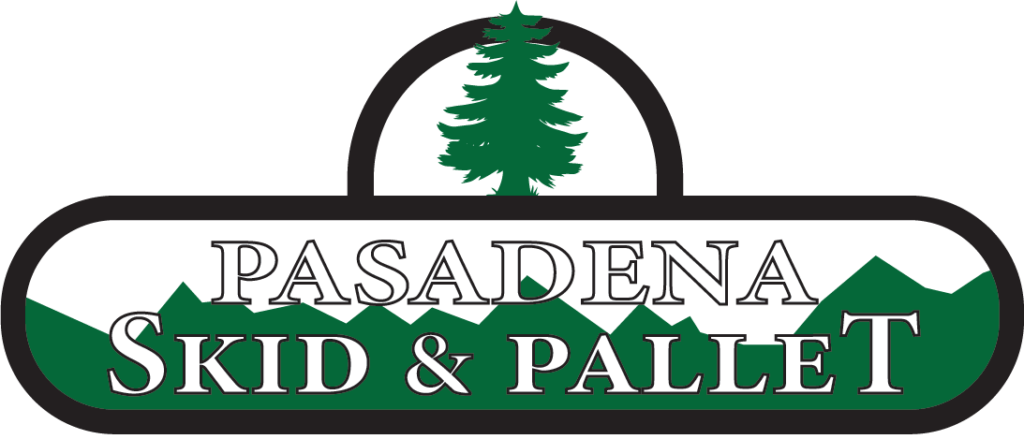



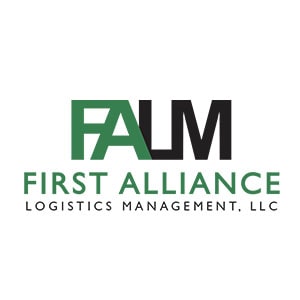


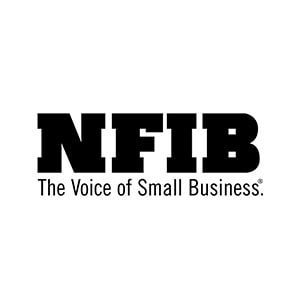
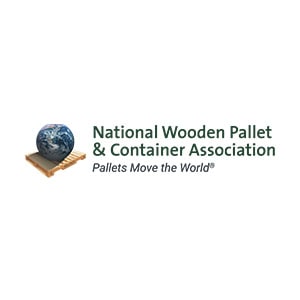

Leave a Reply